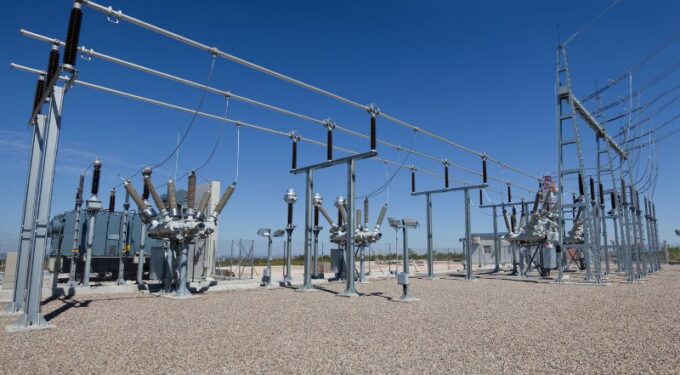

The EPA’s SPCC Secondary Containment Requirements are critical for preventing harmful transformer oil discharges from going into the environment. Albarrie has the experience and resources to help you find the best secondary oil containment solution for your site, and ensure compliance with SPCC regulations. Read on to learn about the SPCC requirements.

The EPA governs SPCC Secondary Containment Requirements in the United States. The Spill Prevention, Control and Countermeasures (SPCC) rule sets guidelines to prevent oil from entering the navigable waters in the United States. Oil Containment regulations include two categories of secondary containment requirements:
Under the Environmental Protection Agency’s (EPA) regulations, reporting oil discharges does not depend on the specific amount of oil discharged. Still, it can be triggered by the presence of a visible sheen created by the discharged oil. As a rule of thumb, a light fraction of petroleum will create a sheen on water at or above 15 ppm (parts per million).
Electric utilities frequently store large quantities of oil. This is primarily due to the utilities’ extensive use of oil-filled power distribution equipment, which includes transformers, voltage regulators, circuit breakers, and auto-reclosers. Oil-filled power distribution equipment devices fall under a class of oil storage known as oil-filled operational equipment. By regulation, the oil contained in the power distribution equipment is considered an “oil” under the SPCC rule administered by the United States Environmental Protection Agency (SPCC) per 40 CFR §112.7.
Download the IEEE Guide for Secondary Oil Containment to stay up-to-date on best practices and industry standards.
Albarrie offers an array of options to meet SPCC rules; choose from SorbNSeal™ Transformer Secondary Oil Containment, Oil Blocker Plus Oil Spill Containment, Oil Blocker Perimeter Barrier, leak control options, or solutions for wind and solar farms. Esters like Environtemp, Fr3 and BIOTEMP also need containment; Albarrie offers the only effective oil containment system for esters on the market – EsterWeb.
Albarrie’s Q-Max Oil Stop Valve acts as an oil-water separator. It captures hydrocarbons like diesel, natural ester, or transformer mineral oils but allows water to pass through.
Albarrie’s engineering team works diligently with you to design the best secondary containment solution option for your site and ensure that it meets the SPCC Secondary Containment Requirements. Our final reports include detailed drawings stamped by a professional engineer and an emergency preparedness guide.
Although the SPCC requirements are governed and enforced in the United States, Canadian electrical utilities and engineering firms often use these guidelines for secondary oil containment within Canada.